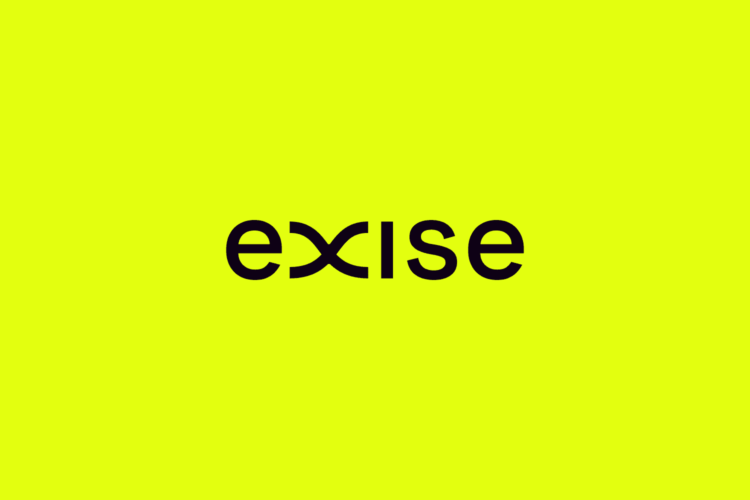
Joosten Baarts
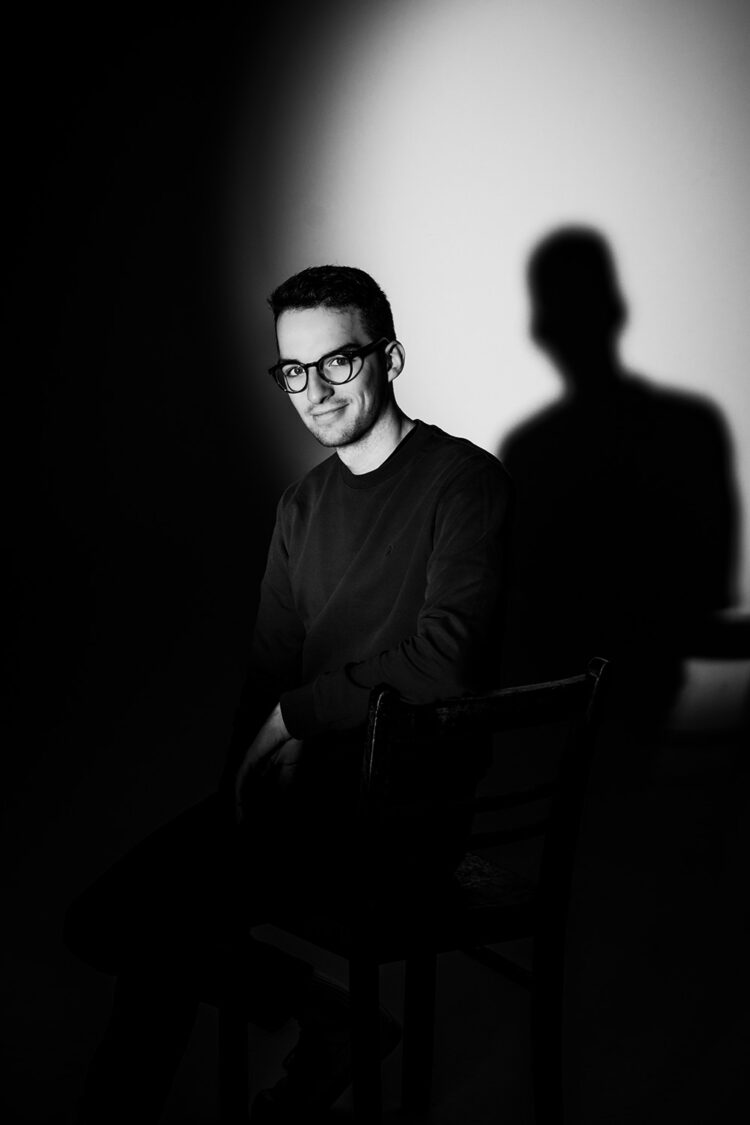
Bachelor of Arts Communication Design
To have realized how I can use design as a strategic tool to find answers to social, economic or environmental problems of various kinds is better than anything I could have hoped for from my studies. Whether I want to pursue a future as a UX designer, a strategy consultant, or even a graphic designer, I know that I can rely on design thinking to guide me down any path.
Used Software
Miro, Figma, Photoshop
Contact Details
- Mail: kontakt@joostenbaarts.de
- Website: joostenbaarts.de
- Instagram: joosten_baarts
- LinkedIn: joosten-baarts-0748041b1
Data as the accelerator of energy transition

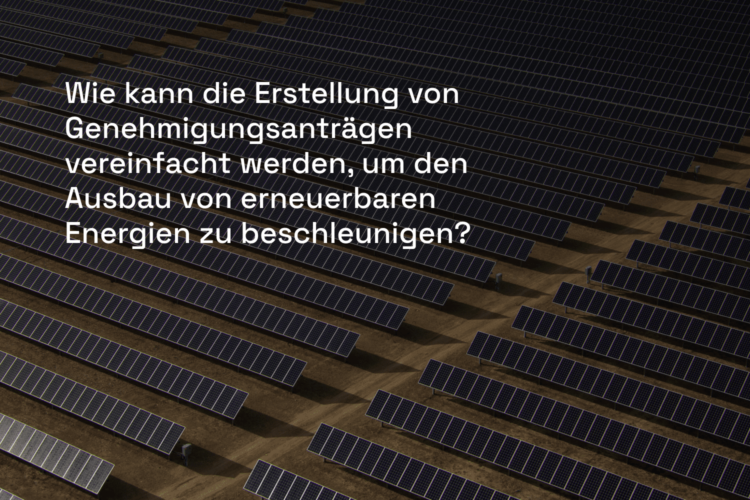
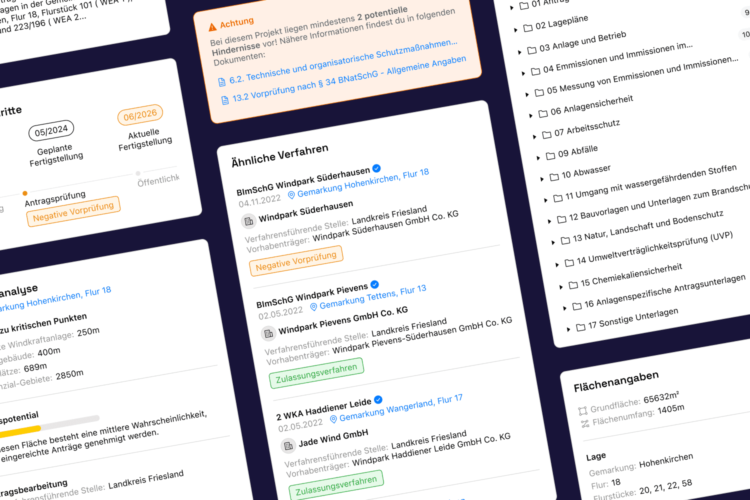
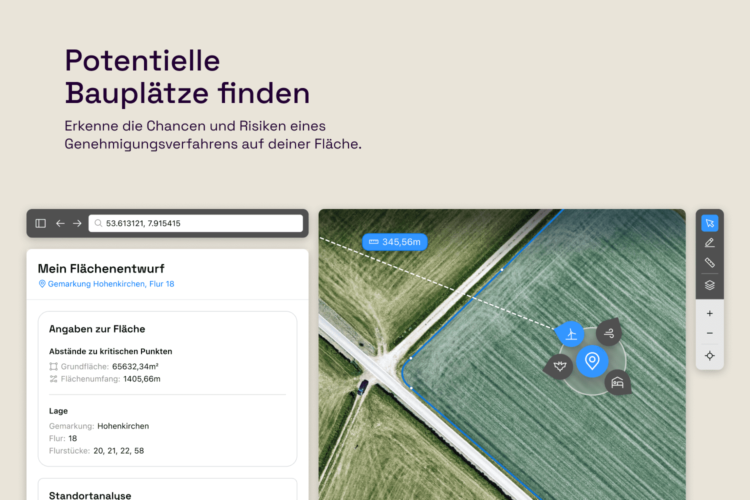
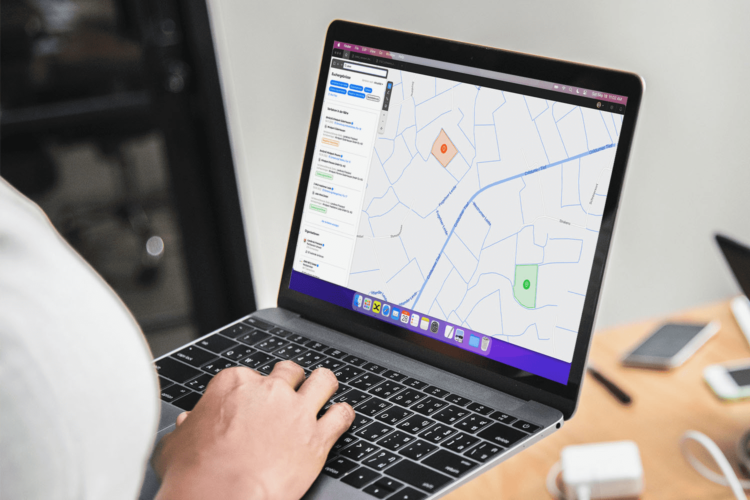
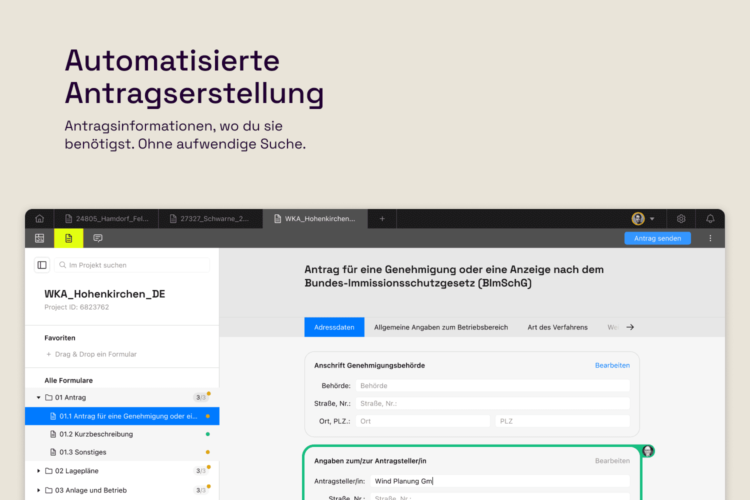
How smart data transfer, unification, and collaborative work processes can help achieve climate goals.
In the first half of 2022, 41.1% of consumption in the German electricity sector, 16.5% of the heat sector, and only 6.8% of the transport sector were produced from renewable energy sources. (AGEE-Stat, Federal Environment Agency, 2022) Meanwhile politicians are calling for an expansion of renewables to at least 80% by 2030. (FAZ, 11.04.2022, “Germany will never be energy autonomous”) In order to achieve this goal we have to reduce the hurdles of the complex German bureaucracy and the duration of approval procedures as quickly as possible. (German Wind Energy, 2022, “Planning of wind energy plants”). With the digital platform developed here I show how a collaborative work process can be created by bringing planners and authorities together. Building on transparent, standardized data exchange, this can reduce the time and effort involved in submitting and reviewing applications and generally speed up the process.
What role design really plays, you probably only find out when you take a step back from your studies and ask yourself what the world would be like without design. Probably a world full of chaos, inefficiency and, last but not least, a world that is not very attractive. The fact that I can now contribute my part to this functioning world as a designer on a small and hopefully on a large scale as well, is largely due to the excellent supervision and support of my work by Prof. Daniel Braun and Prof. Tina Glückselig. I would also like to thank Prof. Gisela Grosse for a great introduction to the world of communication design. Finally, I would also like to thank all my friends and fellow students who have accompanied me along the way.
- First Examiner: Prof. Dipl.-Des. Daniel Braun
- Second Examiner: Prof. Dipl.-Des. Tina Glückselig